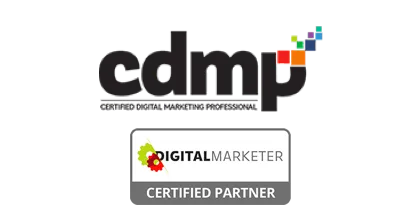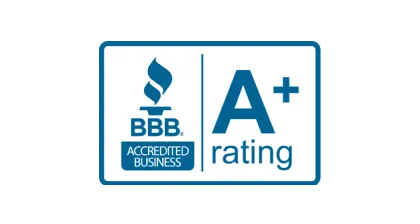
How to Use LSI Keywords for SEO Efforts

Latent Semantic Indexing (LSI) sounds like a mouthful, but it refers to keywords that are related to your primary term. When a user is searching for a product, they type in the keyword/s, and Google decides the websites that will rank as the most relevant for that individual’s search. Using LSI keywords assists Google by giving more context to your content.
The Evolution of Keyword Density Practices
Way back when, at the dawn of Google Search, you would choose a keyword and try to use it as many times as possible in your content to get as high a ranking as possible. We are talking about the concept of “Keyword Density” which measures in percentage, the number of times a word appeared in the website text. Keyword density led to the dangerous practice of keyword stuffing where the content was almost impossible to read due to the constant repeating of the same words over and over again.
You could jump to the top spot on SERP’s (Search Engine Results Page) by ensuring your keyword density was up to the 10-15% mark. The copy might have been impossible to read, but it got you the high ranking. Google quickly got wise to the scam and updated their algorithm (Panda and Hummingbird) to make sure that content was both useful and relevant for a visitor. You can get severely penalized if you use keyword stuffing today. The algorithm SEO update meant that Panda picked up which websites were engaged in low-quality keyword stuffing content and Hummingbird looked for the meaning behind the chosen words. Enter Google Rankbrain in 2016, a machine learning algorithm that tries to understand search queries and you have an algorithm that knows what your text “means.”
Keeping it Below 2%
Today, you can’t get away with a keyword density percentage that is over 2%. Those people who are stuck in the past, clinging onto their keyword stuffing as the life raft taking them to the golden shores of high SERP’s ranking paradise, might find themselves in the Doldrums. Your life saver is most certainly the active inclusion of LSI keywords into your content. Let’s dig a little deeper on LSI capabilities.
LSI Keywords are NOT synonyms
Google is using the LSI system to look at users search patterns and how the keywords they use when searching, are often linked to other keywords. These are closely related words that are semantically linked to one another but are not synonyms. For example, you might have to write an article on “Paradise.” Now Google wants to know if you’ve written about:
- Paradise –the Coldplay song
- Paradise Pizza
- Paradise the 1982 Indie movie
- Paradise clothing –specializing in Hawaiian dress
- Paradise –the 1997 novel by Toni Morrison
Google will understand what you have written about based on the LSI keywords linked to the relevant category. It scans your article to find closely related words and phrases to understand your content better.
Your LSI for “Paradise,” the Cold Play song, could be lyrics, MP3 download, chords, John Prine, album. You get the idea. Not synonyms but related words that give context.
Finding Your Balance
These are the LSI keywords, and when you use them, you will rank higher. But you don’t want to get into “stuffing” them in –perhaps 1-2 LSI’s per chosen keyword. It’s a bit of a tightrope walk finding the perfect balance between too much or too little keyword usage. Don’t forget that you are creating content for your target audience and not for an algorithm. Your content must be of superior quality and provide value for a user -always.
Four Ways to Excavate LSI Keywords
There are four ways to find out the LSI keywords linked to your chosen keywords for your website. These include Google’s Instant search, “searches related to” results, bold words in SERP’s and keyword research tools.
For Google’s Instant search, just type your keyword into the search box, and you will see about ten suggestions pop up that are LSI keywords. Simple as that! Just make sure your instant search feature is turned on in your browser.
A simple task is finding LSI keywords using “Searches related to.” Again, you type in your main keyword and then scroll to the very bottom of the results page to find an additional eight suggestions. Some of them might need to be rearranged, so they read better in your content.
Have you ever noticed that when you perform a search, certain highlighted words are in bold text? These words are Google’s way of letting you know they are related to your search terms, i.e., they are your LSI keywords. Always use these words in your content –Google has given you a big clue –use it.
There is also a range of LSI tools to help you find even more relevant LSI keywords. They include Google Keyword Planner, LSI Graph, and SEOPressor plugin, etc.
LSI keywords need to be an intrinsic part of your SEO strategy as they are one of Google’s 200 ranking factors. If you require any assistance with optimizing your content to be LSI compliant, please give us a call today. We’ll ensure your digital content has every one of the SEO bells and whistles to help you rank high.






